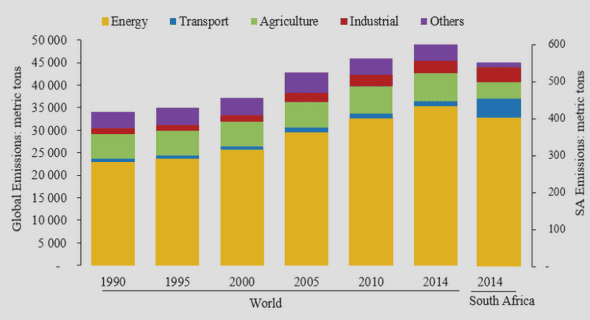(Downloads - 0)
For more info about our services contact : help@bestpfe.com
Table of contents
General context and aims of the thesis project
1. INTRODUCTION
1.1. The regeneration process
1.1.1. The history of regeneration research
1.1.2. Regeneration among metazoans
1.1.3. Regeneration and asexual reproduction
1.1.4. Regeneration and cellular pluripotentiality
1.1.5. Regeneration and development
1.1.6. Regeneration and homeostasis
1.1.7. Regeneration and scarring
1.1.8. A general scheme for the regeneration process
1.2. Zebrafish and its caudal fin regeneration ability
1.2.1. The structure of the adult caudal fin
1.2.2. The regeneration process of the adult caudal fin
1.2.3. The signaling pathways involved in the tail regeneration process
1.3. The role of nerves during regeneration
1.3.1. The neurotrophic hypothesis and the factor X
1.4. Reactive Oxygen Species
1.4.1. ROS signaling: the mechanisms
1.4.2. ROS signaling targets: molecules, signaling pathways and cellular processes
1.4.3. ROS and regeneration
1.4.4. ROS as possible mediator between nerves and regeneration process
1.4.5. How to visualise ROS (and in particular H2O2): HyPer
1.5. Hedgehog (Hh) proteins and signaling pathway
1.5.1. Expression, processing and secretion of the Hh active peptide
1.5.2. Hh signaling pathway
1.5.3. Hh signaling during zebrafish fin regeneration
1.6. Palmitoylation
1.6.1. S-palmitoylation: features and targets
1.6.2. S-palmitoylation: regulatory effects
1.6.3. S-palmitoylation: the mechanisms
1.6.4. N-palmitoylation of Shh: mechanism and functions
1.6.5. Protein palmitoylation: regulation of axonal growth and synaptic plasticity
2. RESULTS
2.1. Nerves control redox levels in mature tissues through Schwann cells and Hedgehog signaling
2.2. Hydrogen peroxide (H2O2) controls axon pathfinding during zebrafish development
2.3. H2O2 gradients control protein S-acylation during morphogenesis
3. DISCUSSION
3.1. Similarities and differences among different reactive oxygen species
3.2. Gradient formation: a different process between development and regeneration
3.3. The relationship between nerves and H2O2 (and Sonic Hedgehog)
3.3.1. nAG is a thioredoxin
3.4. Perspectives
4. BIBLIOGRAPHY



